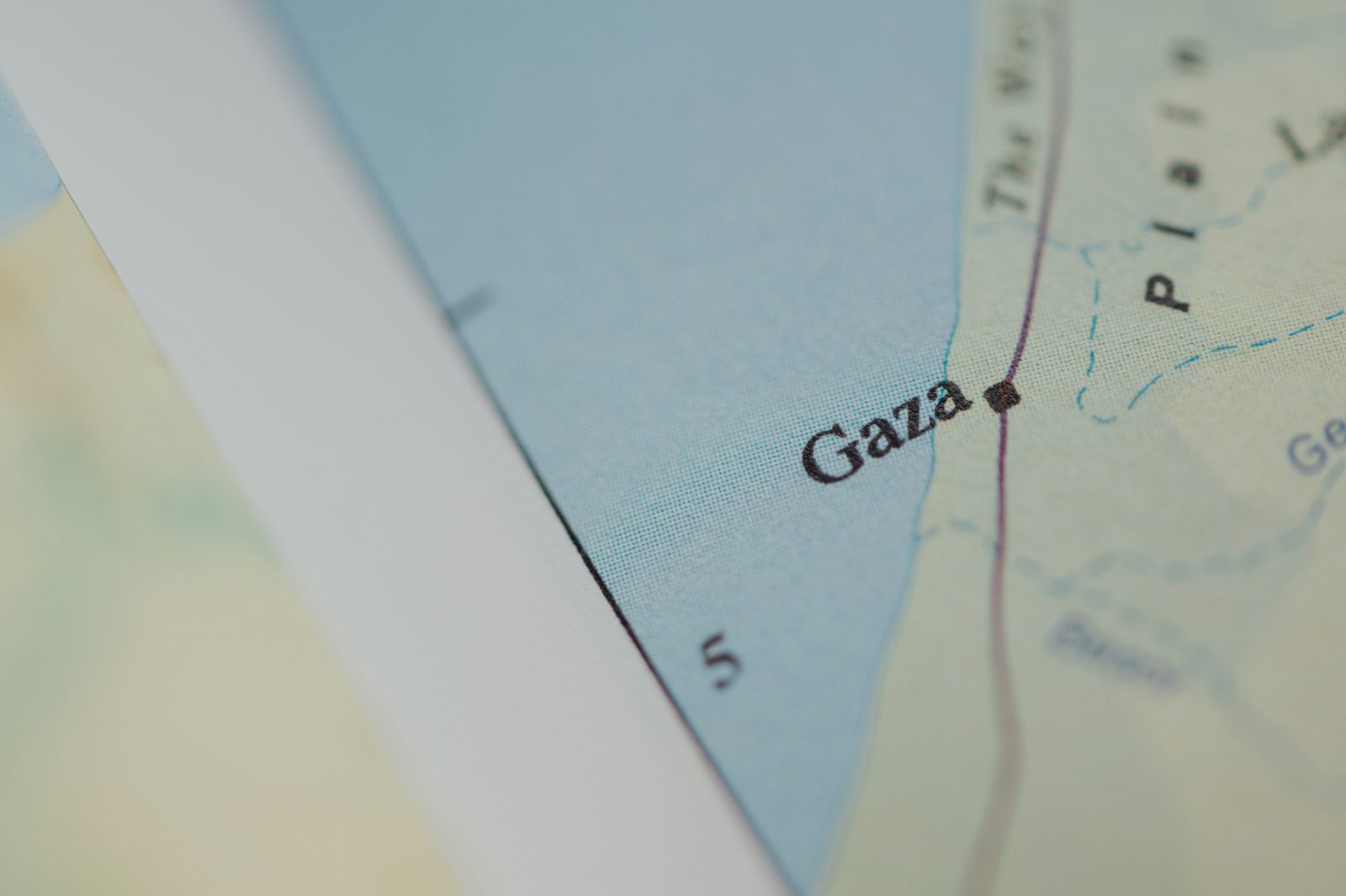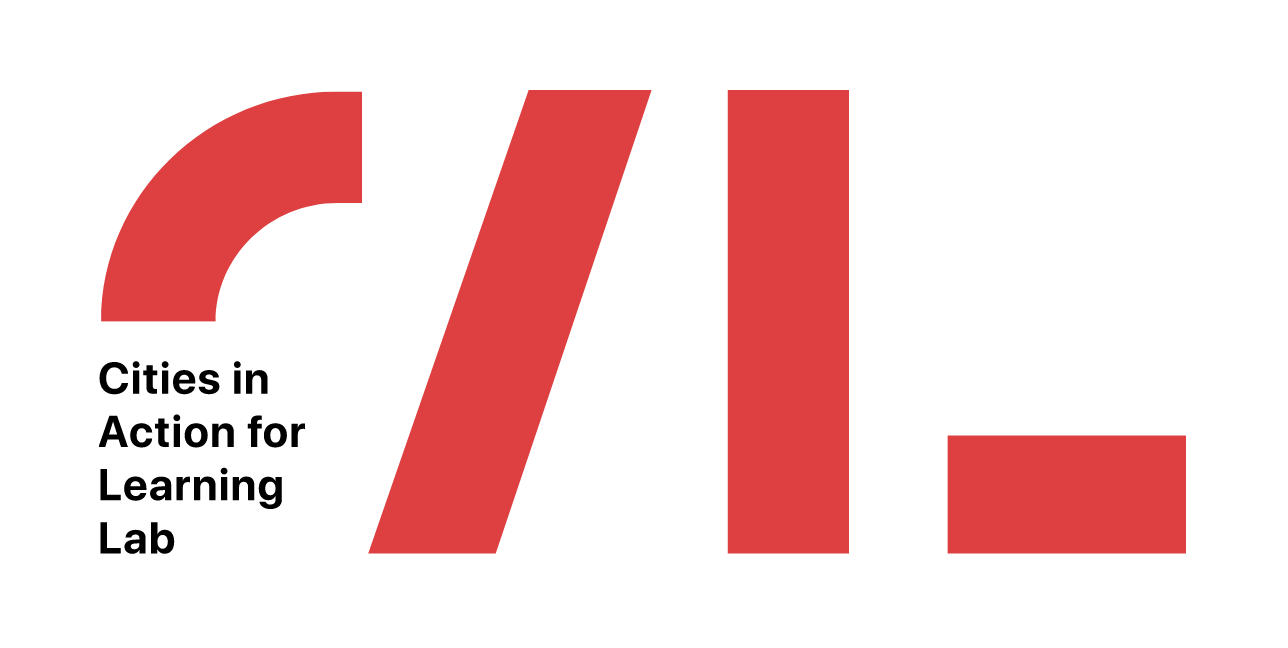
Planning, Space and Ethnic conflict Illuminating the struggle over Israel/Palestine in Gaza and beyond
Envisioning Translocality
Enabling Institutions
Enforcing Practices
This seminar explores the complex interplay between urban planning, spatial segregation, and the ongoing Israeli-Palestinian conflict. Three eminent scholars from Israel and Palestine explore several critical themes on challenges and conflicts arising in “mixed cities”, the role of Israel’s spatial policies in “creeping apartheid” in Gaza and beyond, and the Zionist myth of “a land without people”. By examining these themes, the seminar highlights how spatial planning can shape power dynamics and fuel conflict in Israel/Palestine.
Speakers
Manal Totry-Jubran Faculty of Law, Bar-Ilan University, Ramat Gan
The War in Gaza and Palestinians in the ‘Mixed Cities in the Making’ in Israel
Oren Yiftachel The Just City Lab, Ben-Gurion University, Beersehba
Planning for Apartheid: Land, Settlement and the Israeli-Palestinian conflict
Omar Yousef, department of Architecture, Al Quds University, Jerusalem
“Land without people to people without a land?”: From a foundational myth to brutal Urbi-cide!
in dialogue with
Alessandro Balducci DAStU Politecnico di Milano
Carolina Pacchi DAStU Politecnico di Milano
Online streaming link: https://politecnicomilano.webex.com/meet/maryam.karimi
Abstracts
The War in Gaza and Palestinians in the ‘Mixed Cities in the Making’ in Israel
Manal Totry-Jubran Faculty of Law, Bar-Ilan University, Ramat Gan
Israel/Palestine has one of the world’s highest levels of urban segregation, with Jews and Palestinian Arabs reside in nearly totally spatially separated communities. In fact, 75% of the Palestinian citizens (within the Green Line) live in separate villages and cities and only 25% live in mixed cities, in which Jews and Arabs reside in the same urban space. These cities are divided to two categories. One is: “historically mixed cities”, that existed since before the establishment of the state. The other is what I refer to as “the mixed cities in the making”, that has been evolving in the past two decades, as a result of an intriguing bottom-up spatial phenomenon of internal migration of established Palestinian families who are citizens of Israel from Arab cities and villages to Jewish cities. I term this occurrence “Arab flight” wherein these families contribute to the creation of a new mixed urban space and a new legal discourse on rights. This move has encountered resistance from the dominant Jewish community residing in these cities, although such resistance did not yet manage to stop it until recent events. The lecture will delve into a specific case study where, during the Gaza war, these spaces have become contested by Jewish supremacy activists, resulting in oppressive attempts of displacement as they collaborated with the law enforcement system. I highlight the correlation between limitations on freedom of speech and urban displacement, asserting that the Israeli enforcement system—primarily the police and the attorney general’s office—together with these activists plays an active role in reshaping spatial relations during times of conflict.
Planning for Apartheid: Land, Settlement and the Israeli-Palestinian conflict
Oren Yiftachel The Just City Lab, Ben-Gurion University, Beersehba
In order to clarify the settings for the current disaster in Gaza and Western Negev, the lecture traces the connection between Israel’s spatial policies and various manifestation of the Israeli-Palestinian conflict. The focus is on bordering, land, settlement, housing and digitalization policies, and on Palestinian resistance as key factors on the making of political, legal and urban geography in the torn land, being historic Palestine/ Land of Israel, between River and Sea, where Jews and Palestinians constitute half the population each. Within this setting, Gaza became in 1948 the largest concentration of Palestinian refugees, as later placed under debilitating blockade following Israel partial ‘disengagement’ in 2005 and the rise of Hamas Islamist and rejectionist rule in 2007. The spatial analysis shows a persistent process of Judaization of space, premised on Jewish expansion and Palestinian ghettoization (with few notable exceptions). The settler colonial policies have spawned since Israel’s establishment the massive nationalization of land, and the parallel establishment of over 1000 Jewish segregated settlements. This was backed by persistent uneven housing and infrastructure development, including recent rapid, yet unequal, digitalization project. During the same period Palestinian Arabs (citizens and subjects) have been confined to existing enclaves with little possibility of expansion or construct new settlement, and with severe constraints on economic development. The result has seen a process of ‘creeping apartheid’ enshrining Jewish supremacy over the entire land, with its fragmented and marginalized Palestinian spaces. Jewish spatial power has been key to political and economic domination. Palestinian spatial weakness, on the other hand, has spawned several trajectories of resistance, one of which is radical Islam, which has triggered in its terrorist attack the current disastrous war. The subsequent Israeli assault on Gaza has seen the unprecedented destruction and displacement in Palestinian population, aiming to further ghettoize Gazans, and deepen the overall apartheid regime. The case of Israel/Palestine provides a stark example of the role of planning in ethnic conflict, and the possibility of turning aligned professions (planners, architects, lawyers, geographers), putatively aimed at ensuring the making of a just and sustainable society, into tools in the hands of oppressive regimes.
“A Land without People…” From a Foundational Myth to Brutal Urbi-cide!
Omar Yousef Dept of Jerusalem Studies, Al-Quds University, Jerusalem
This lecture will focus on the myth of “A Land without People to People without Land” which has been widely used by the Zionist movement to justify the creation of the state of Israel. Although this myth has been debunked, the lecture will show how it became a deep desire that haunted the imagination of most Israeli political leaders. By presenting a series of major events through the history of Israeli occupation reaching to the latest war on Gaza, the lecture will illustrate how the idea of “A Land without People…” became a deep desire and a goal that guided Israeli policy of ethnic discrimination and marginalization of the Palestinians – in both political and spatial policies — throughout that history.
